 Google's Project Fi cellular service is a unique in that it actually uses multiple cellular networks behind the scenes - automatically picking the best partner wherever you happen to be.
Google's Project Fi cellular service is a unique in that it actually uses multiple cellular networks behind the scenes - automatically picking the best partner wherever you happen to be.
When Google announced Project Fi in April 2015, the initial two partner networks were Sprint and T-Mobile - giving Google access to the combined coverage maps of the third and fourth largest cellular carriers in the country.
Today - Google announced that they are adding a third partner: U.S. Cellular
Who Is U.S. Cellular?!?
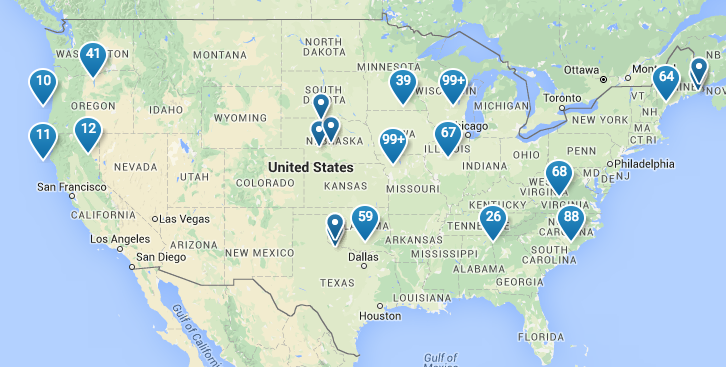
Everyone has heard of the big four nationwide cellular carriers: Verizon, AT&T, T-Mobile, and Sprint
Those are the only four carriers with the necessary spectrum licenses and overall size to offer service (mostly) nationwide.
But there are dozens of other much smaller cellular carriers around the country with more regional ambitions, serving just a state or sometimes even a town.
The largest regional carrier is U.S. Cellular - which actually serves 4.9 million customers spread across 23 states, with a prime concentration in the Pacific Northwest, Midwest, New England, and a few other scattered markets.
Though U.S. Cellular has always offered its customers nationwide coverage via roaming agreements - you must have a home address in one of U.S. Cellular's home markets to sign up, and if you spend too much time roaming your service will get canceled - making U.S. Cellular a poor choice for most RVers.
But now those with Google Fi can benefit from U.S. Cellular's native coverage map automatically when traveling through areas where U.S. Cellular happens to be particularly strong.
If you've got summer plans in Iowa and Nebraska, your chance of staying connected just vastly improved!
Google explains it like this:
In most areas, multiple cellular networks are available — in fact, the majority of Project Fi usage occurs in areas where more than one of our partners offers LTE coverage. But factors like obstructions from nearby buildings can meaningfully impact the speed and coverage available from each LTE connection. By analyzing speeds from each network, Project Fi is able to predict the fastest network at your location — down to the city block — and automatically connect you. We’re constantly adapting to consider how factors like new cell towers and newly-available radio frequencies are impacting real-world speeds.
Google Fi: A Smart Choice?
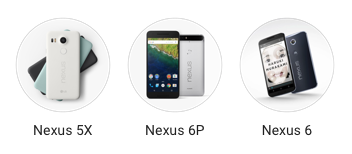
Google Fi now gives you affordable access to the combined coverage maps of the third, fourth, and fifth largest cellular networks in the country - which sounds pretty good.
But without AT&T and especially Verizon on board, Google Fi will still be at a huge coverage disadvantage nationwide.
And both AT&T and Verizon have made it clear that they have very little interest in helping Google in taking Project Fi to the next competitive level by signing on as partners.
Google Fi is also only supported by three Google Nexus phone - really limiting your connectivity options.
And while Google Fi is a great deal for voice service - the $10/GB flat-rate data pricing can get really costly for heavy data users.
But as a secondary line for an RVing household - Project Fi can make a lot of sense. Getting access to both T-Mobile and Sprints networks, as well as now U.S. Cellular's, with a single device makes a Project Fi phone a good compliment to a primary line on AT&T or Verizon.
You can get more information, and sign up for Google's Project Fi here.
Bonus Member Only Content Available!
We go extra for our premium members - who make this resource center possible (did you notice the lack of 3rd Party advertising?). We have included some additional information in this news article just for our members - analysis, guidance and/or insider tips.
If you're not yet a member, please consider joining us. Extra content like this is one of the many perks we offer - in-depth content, guidance, discounts, alerts, classroom and more.
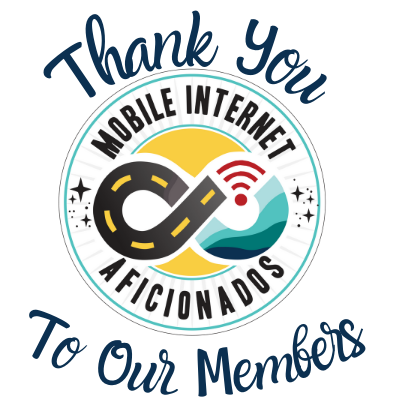
If you are already a member, please log in above to see the special content we have prepared for you.
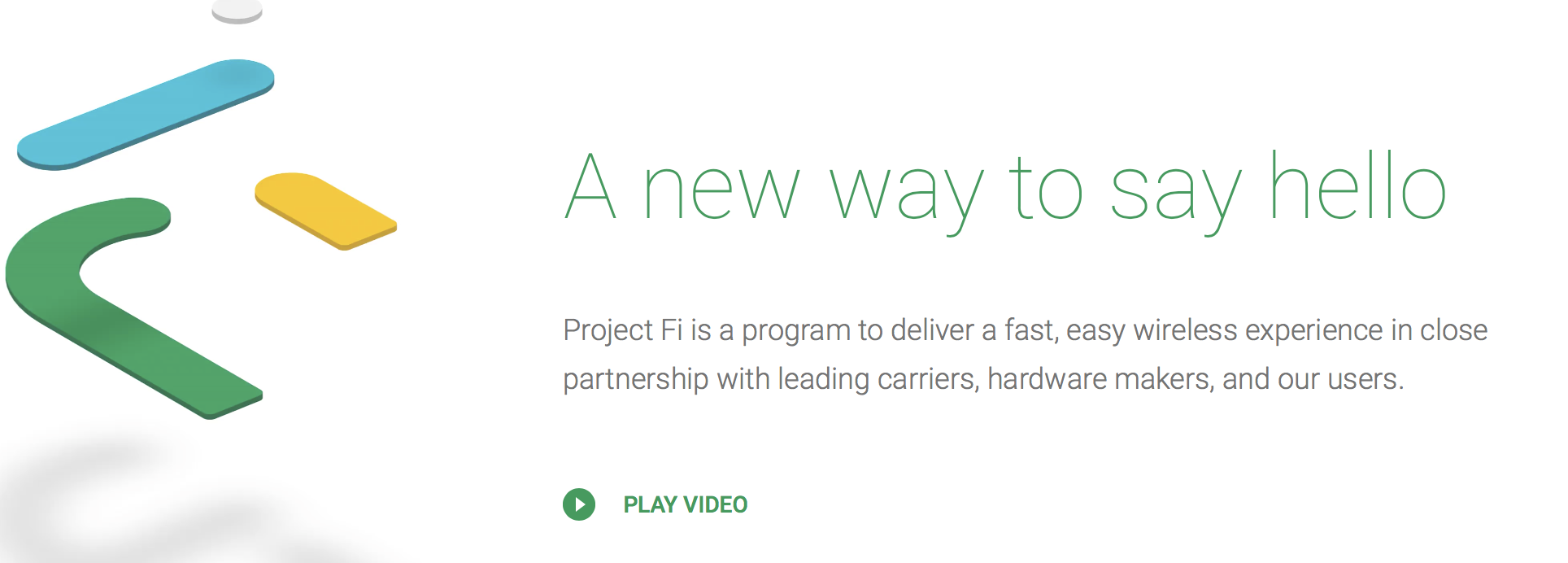




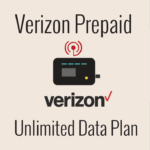

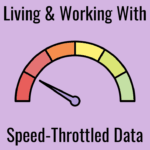
 Mobile Internet Resource Center (dba Two Steps Beyond LLC) is founded by Chris & Cherie of
Mobile Internet Resource Center (dba Two Steps Beyond LLC) is founded by Chris & Cherie of